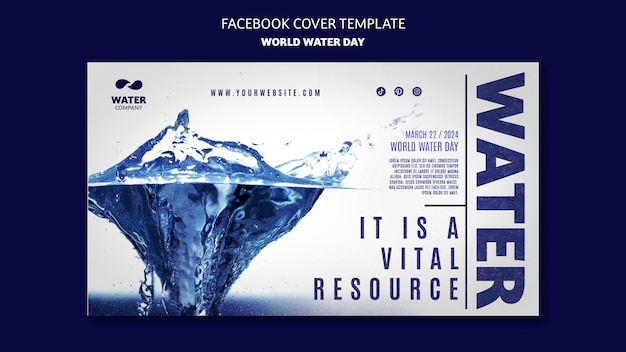Fascinating Facts about Glaciers

Glaciers are massive bodies of ice formed from years of accumulated snowfall.
Glaciers cover about 10% of the Earth’s total land area.
Some glaciers can move at a rate of one foot per day.
Glaciers can carve valleys and create beautiful, unique landscapes.
Glaciers are a natural storehouse of freshwater.
Glaciers have been around for millions of years.
Glaciers can be found on every continent except Australia.
Glaciers can store ancient air bubbles, providing scientists with valuable information about past climates.
Glacier ice can be up to several miles thick.
The largest glacier in the world is the Lambert Glacier in Antarctica, spanning over 60 miles wide and 250 miles long.
Glaciers are important indicators of climate change and can help scientists track global warming.
Some glaciers are known to contain hidden lakes beneath the ice.
Glaciers can dramatically change over time, both shrinking and growing.
Melting glaciers contribute to rising sea levels, posing a threat to coastal communities.
Glaciers can create breathtaking ice caves and blue ice formations.
Glaciers can move rocks and create erratic formations called moraines.
Glaciers play a crucial role in providing freshwater for drinking and irrigation.
While most glaciers are white or blue, some can appear black or even green due to the presence of algae.
Glaciers can create powerful meltwater rivers and waterfalls.
Fascinating Facts about Glaciers part 2
Glaciers can preserve rare and ancient artifacts, offering a glimpse into the past.
Glaciers can have a mesmerizing effect, with their slow movement and icy beauty.
Glaciers can create unique ecosystems, supporting specialized plants and animals.
Glaciers can slowly change the shape of mountains and create distinct geological features.
Glacier ice is formed through a process of compaction and recrystallization of snow.
Glaciers can exhibit stunning colors during sunrise and sunset, reflecting the light in various shades.
Glaciers can make loud, rumbling noises as they crack and move.
Glaciers can create deep crevasses, making them dangerous to navigate without proper equipment and knowledge.
Glaciers are a primary source of water for many rivers and lakes around the world.
Glacier ice is so dense that it appears blue due to the light absorption properties.
Glaciers have provided evidence of prehistoric creatures, such as woolly mammoths, preserved in the ice.
Glaciers are home to unique ice formations called seracs, which can be unstable and pose risks to climbers.
Glacier meltwater is often crystal clear, making it ideal for drinking without any treatment.
Glaciers have inspired countless artists and poets with their raw beauty and power.
Glaciers can create fjords and estuaries, enriching coastal ecosystems.
Glacier ice can sometimes contain unique minerals and elements not found elsewhere.
Glaciers can move rocks and erode the landscape, helping create fertile soil for agriculture.
Glaciers can create icebergs when they reach the ocean, leading to amazing displays of floating ice.
Glaciers can release loud cracking sounds called glacier calving as chunks of ice break off into the water.
Glaciers can leave behind iconic features like U-shaped valleys and cirques.
Glaciers can provide a serene environment, surrounded by mountains and silence.
Glacial retreat can reveal hidden treasures that have been preserved for centuries.
Glaciers can create ice dams and form stunning glacial lakes.
Glaciers can influence local weather patterns and precipitation levels.
Glaciers can leave behind glacial till and deposits, shaping the landscape for future generations.
Glaciers are a testament to the power and majesty of nature, reminding us of the Earth’s incredible history.

